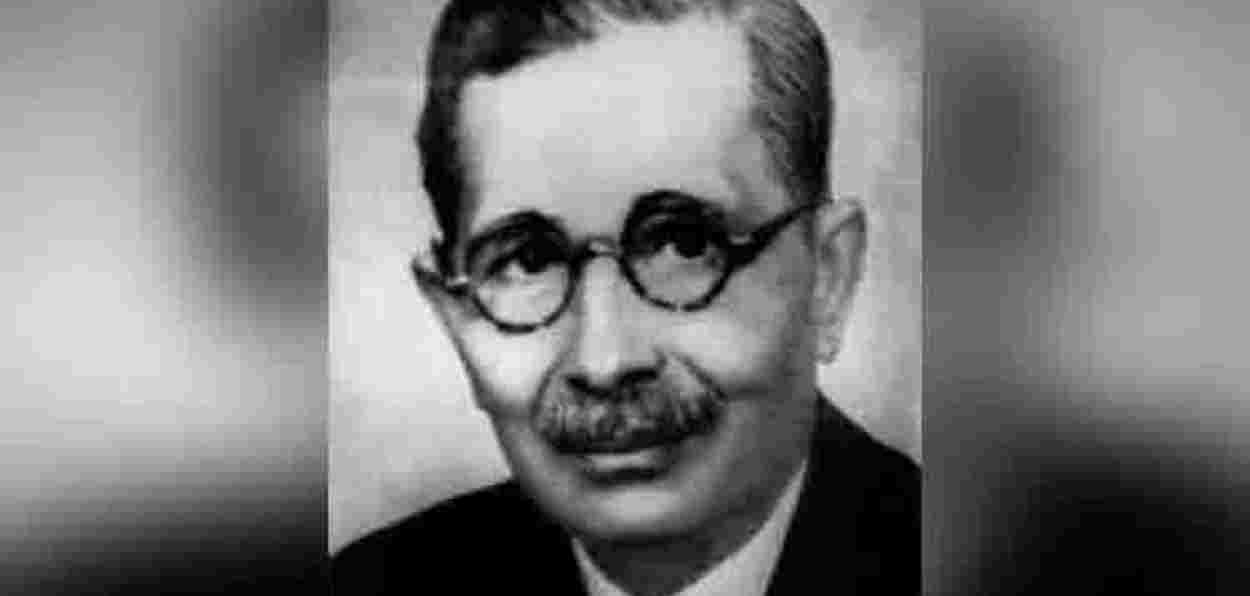
Saquib Salim
Anushilan Samiti, more generally called Bengal revolutionaries, emerged in the wake of the Bengal Partition of 1905. Samiti is often credited, and rightly so, for carrying out assassinations using bombs and pistols against the British Raj. The organisation took inspiration from Swami Vivekananda, Bal Gangadhar Tilak, Aurobindo Ghosh, and other nationalist thinkers and scholars.
Slice Of History
Until the end of the First World War, the Samiti was confined to Bengal. There were similar organisations like Ghadar Party in Punjab or revolutionaries based in Varanasi at that time.
The revolutionaries felt that the party should be expanded in North India, especially Uttar Pradesh. For this Jogesh Chandra Chatterjee was given the responsibility and sent to Varanasi. He organised a revolutionary party structure here with the help of already active revolutionary groups.
In 1923, it was then decided that a chapter of Anushilan Samiti should be started in Lucknow. Back then, the Youth was dissatisfied with Mahatma Gandhi’s calling off of the Non-Cooperation Movement. It must be noted that a few months later this revolutionary organisation and its members formed a larger Hindustan Republican Association (HRA).
Jogesh asked the party leaders based in Dhaka for the party sympathisers in Lucknow. The most important person he was referred to, was Chaudhary Khaliquzzaman. He was the Chairman of Lucknow Municipal Board at that time and a tall Congress leader.
Jogesh had met Khaliquzzaman at Gaya during the Congress Session a few months before. At that time senior leaders of Anshilan Samiti had asked him to join the revolutionary party as its full-time member. It was, he believed, not fit for him to take up arms himself but material support to the party was promised.
Jogesh recalled later, “I arrived at Lucknow and met Chaudhuri Khaliquzaman, the then Chairman of the Municipal Board Lucknow, for whom I had an introductory letter from Pratul Ganguli. I appraised him of my aims. He agreed with me that I should set up one unit at Lucknow and promised that he would extend his helping hand by trying to look after some financial needs of the recruits at Lucknow.”
Jogesh went back to Varanasi and brought Sachindra Nath Bakshi with him to Lucknow. Bakshi was introduced to Khaliquzzaman and the party was formally started. Jogesh himself was given employment with the Municipal Board to help him and the party financially.
A few months later, Jogesh and Baksi were arrested in connection with Kakori Train Dacoity. Jogesh sent a message to Khaliquzzaman asking him to arrange lawyers for the revolutionaries in the Kakori case. It was through his efforts that lawyers Harkaran Nath Mishra, C. B. Gupta and Govind Ballabh Pant appeared in the court to defend the revolutionaries.
Khaliquzzaman went to witness the court proceedings where a CID officer questioned him for helping the revolutionary. He later recalled, “I went to the court on the first day of the trial and was seated near Tasadduq, the C.I.D Chief. When I asked him to give me the names of the accused, pointing to Jogesh he said, 'Surely you know him; Choudhri Sahib, you gave him a post in the Municipal Board.' I was rather nonplussed and replied, 'I give posts to so many others also.'”
ALSO READ: Ex-minister MAA Fatmi promises to eradicate Madhubani's backwardness
The episode can be a revisionist history of the popular narrative that Anushilan Samiti was a Hindu party and Muslims had nothing to do with them. People like Khaliquzzaman could work for this secret organisation tells us about the rather secular nature of the revolutionary party.
